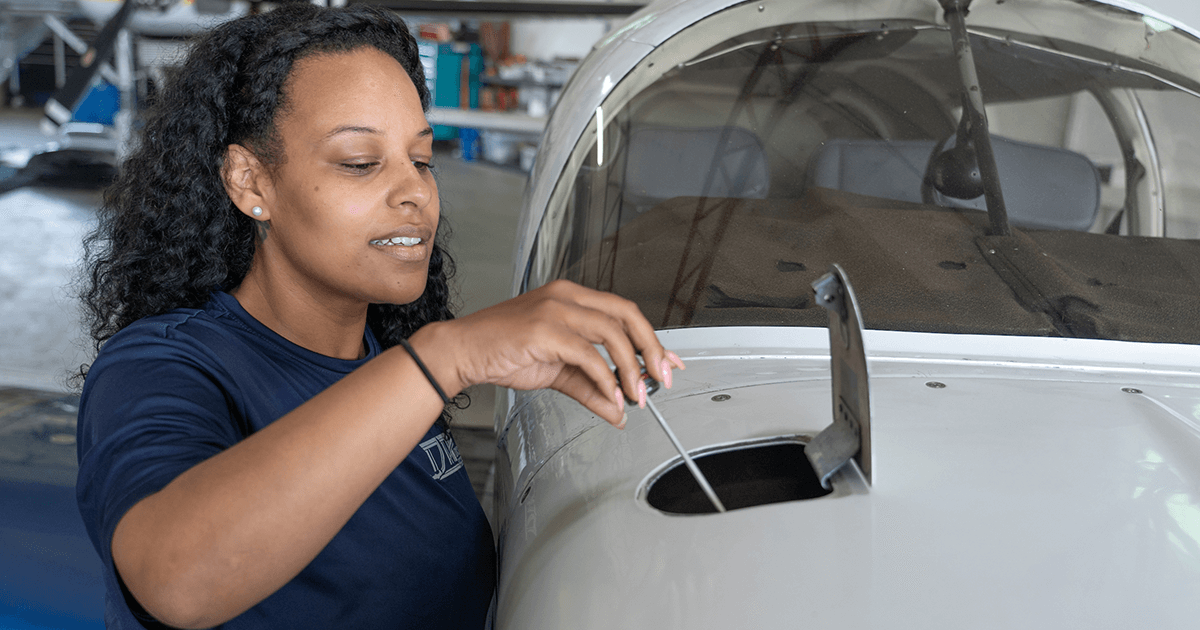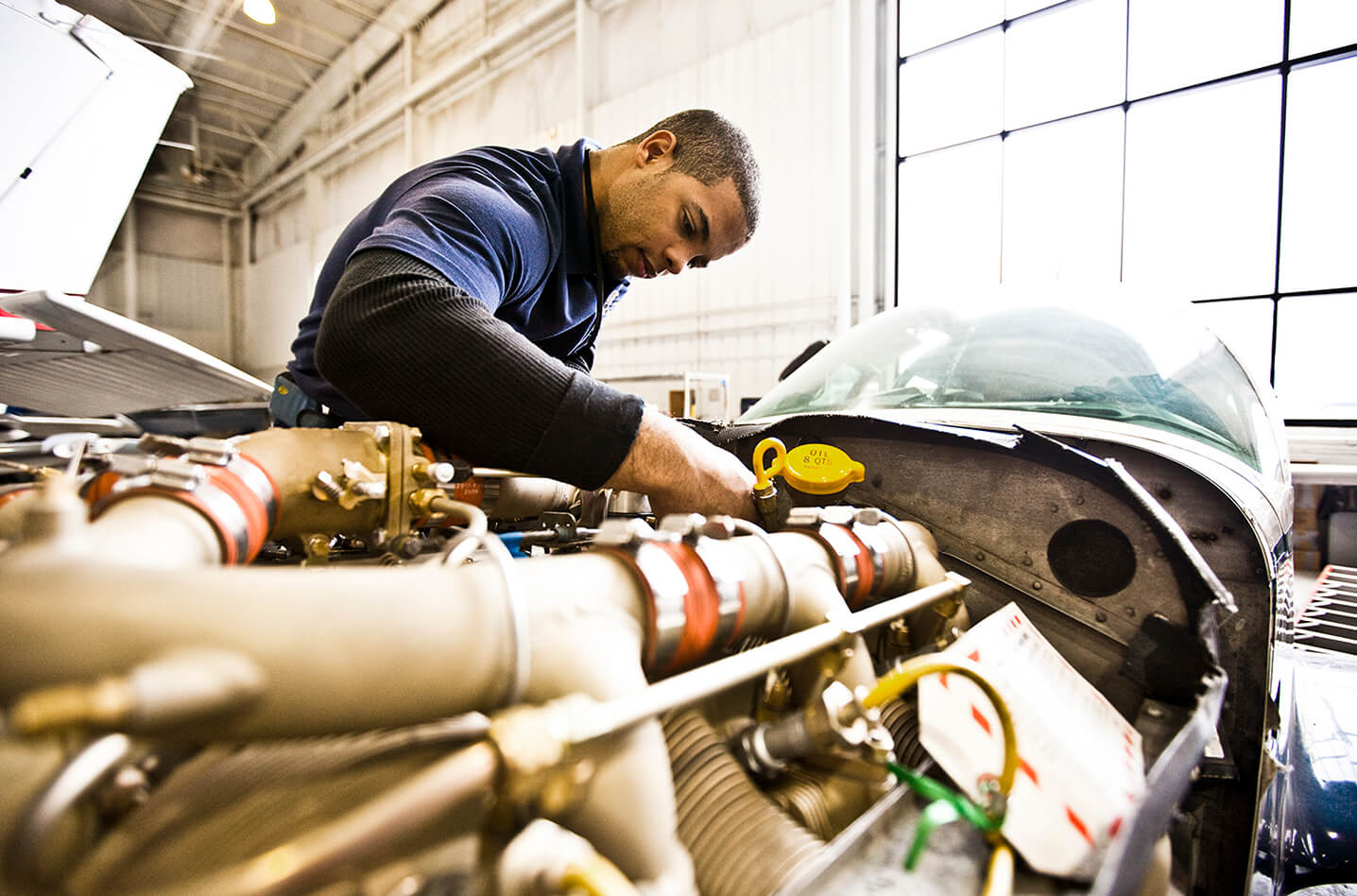
Sept. 1, 2022
Barely a week passes without a news article concerning the aviation industry’s pilot shortage, while stories tied to the dearth of aviation maintenance technicians are not as widespread. Greg Hamelink, a past chair of NBAA’s Maintenance Committee said however, “The shortage of maintenance technicians is actually larger than the shortage of pilots.”
The FAA currently lists 306,301 certified aviation maintenance technicians (AMT), a number that’s remained relatively flat number over the past two decades. But with nearly 40% of the current AMT roster now 60 years of age or older, experts know this signals trouble ahead.
Stewart D’Leon, NBAA’s director of environmental and technical operations, said the association’s Maintenance Committee believes the industry is, “really struggling to keep up with the demand for technicians.” Boeing’s 2022 Pilot and Technician Outlook projects a worldwide need for, “… 610,000 new maintenance technicians over the next 20 years … 134,000 in North America alone.”
The NBAA Maintenance Committee knows it has its work cut out to convince young AMTs that business aviation represents a formattable career alternative to the airlines. “Business aviation is just not as well known,” D’Leon said.

The committee wants to plant business aviation’s banner squarely in the AMT workforce development camp through a series of one-on-one roundtable sessions beginning later this month at Western Michigan University in Kalamazoo. WMU seems like an appropriate place to begin this outreach because Hamelink, an alum of the school said, “Western has historically been an airline-focused university, especially on the pilot side.”
This is not the committee’s first attempt to lure new AMT’s toward business aviation.
“We’ve actually been doing workforce development since before it was cool to say there’s workforce development,” said committee Chair Jim Huntoon.
The first session at WMU will feature maintenance committee members drawn from corporate flight departments, MROs and aircraft manufacturers, including Duncan Aviation, Gulfstream and Textron Aviation. The session coincides with the committee’s biannual meeting to share how they’ve been representing the industry.
Roundtable sessions will emphasize diversity – only 2.5% of AMTs are female – through conversations aimed at learning what students know – or don’t – about business aviation. Students will hear real-life tales about working for an MRO, an OEM or a corporate flight department, and committee members will also share the latest details about AMT compensation, currently nearing $100,000 annually for technicians with just a few years of experience. Topics also will focus on scholarships, as well as practical training grants from companies like Textron, Gulfstream, Dassault and Pratt & Whitney, worth as much as $500,000.
The application period also is now open for NBAA’s scholarship for current or aspiring business aviation maintenance professionals. Learn more about the Hank Hilsmann Memorial Scholarship.
The committee is planning future career sessions at universities like Embry-Riddle Aeronautical University and Purdue University to engage with Part 147 schools directly for further workforce development.


 International Business Aviation Council Ltd.
International Business Aviation Council Ltd.